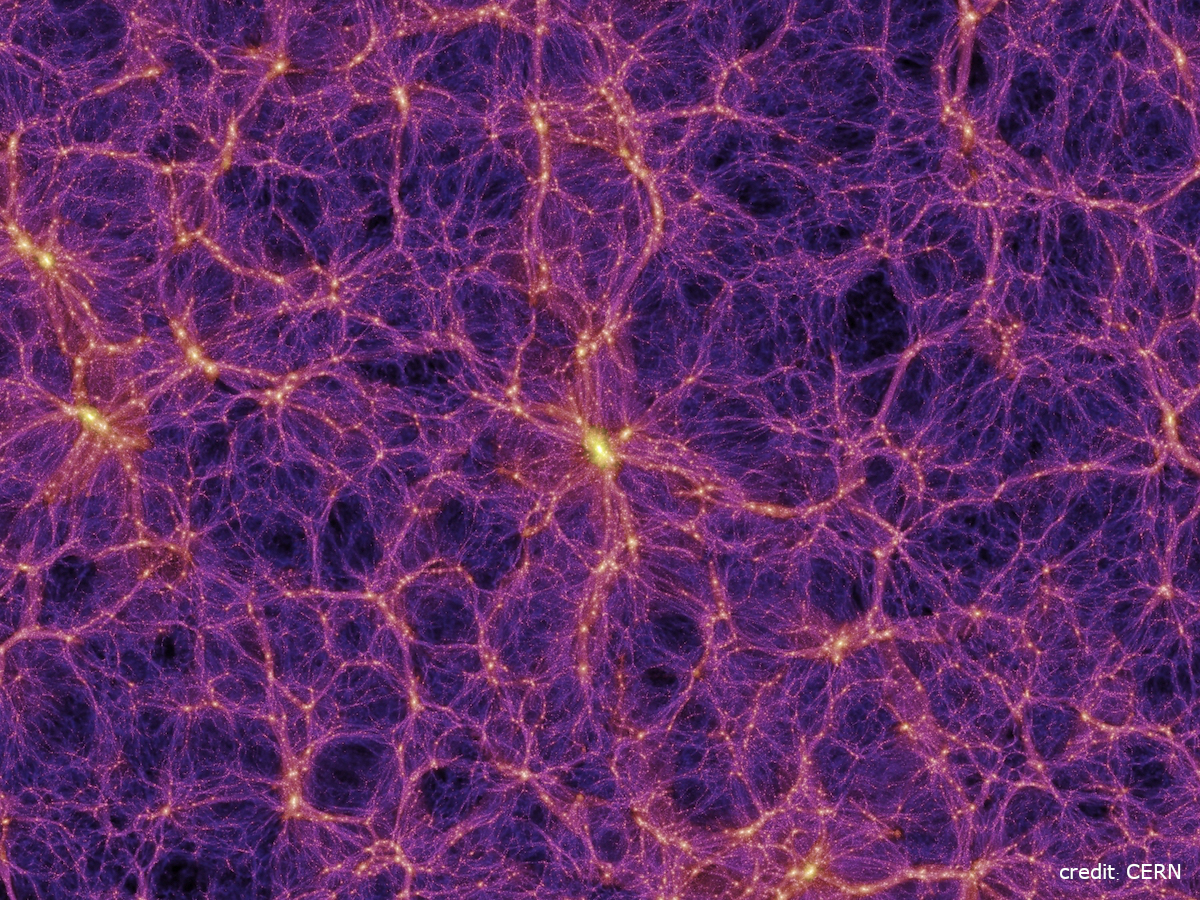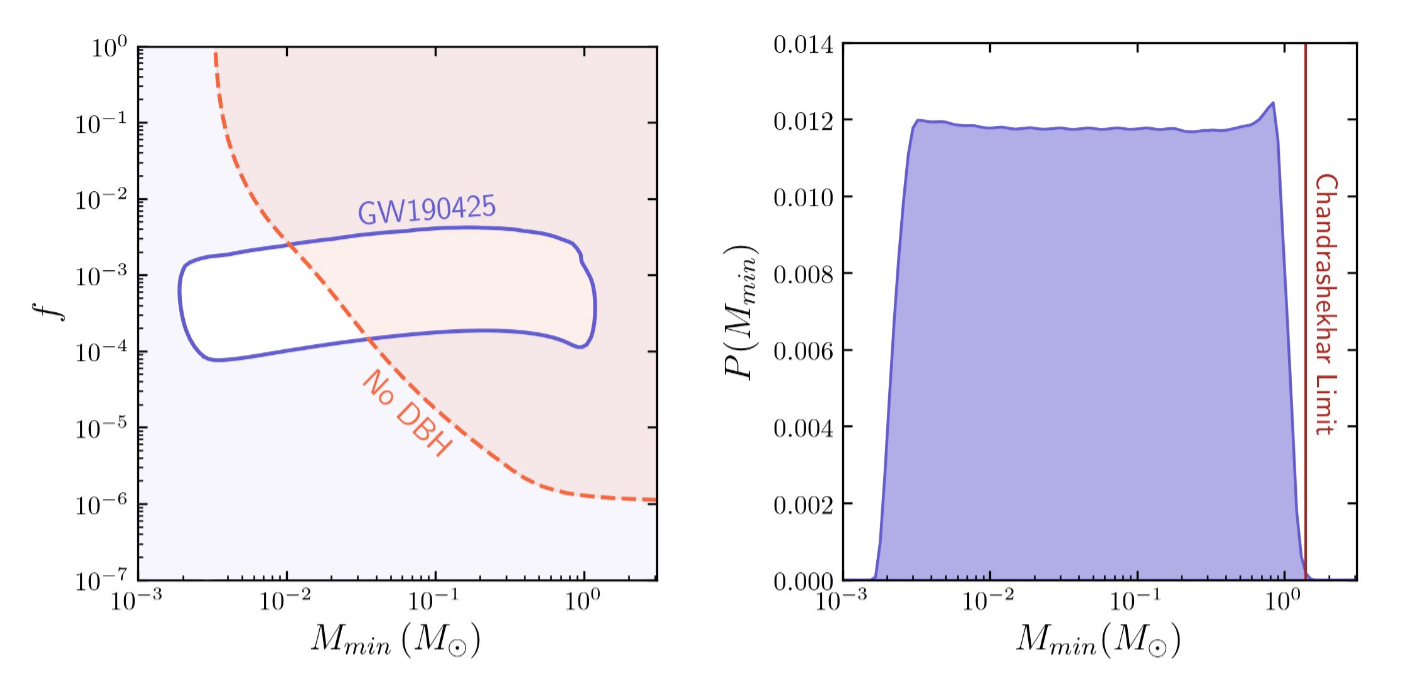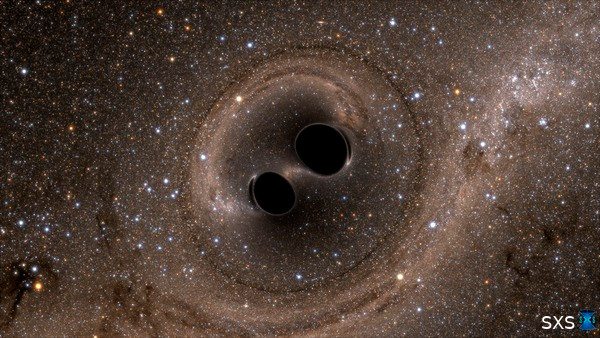Dark Matter

Matter can be detected by its gravitational pull. Many different observations together indicate that about 84% of the gravitating matter in the universe emits no detectable photons. This is the dark matter, and the quest to understand what it is drives the work of large communities in cosmology and particle physics. Experiments like the Large Underground Xenon experiment, LUX, are designed to search for possible interactions between dark matter particles and the particles of the Standard Model. Surveys like the Rubin Observatory Legacy Survey of Space and Time, LSST, will carefully map out the distribution of dark matter, probing for signs that some particle physics interactions was at work along with gravity and affected the evolution of structure. Gravitational wave observations may also reveal something about the nature of dark matter if, for example, the population of detected black holes is inconsistent with the expected astrophysical population.
















